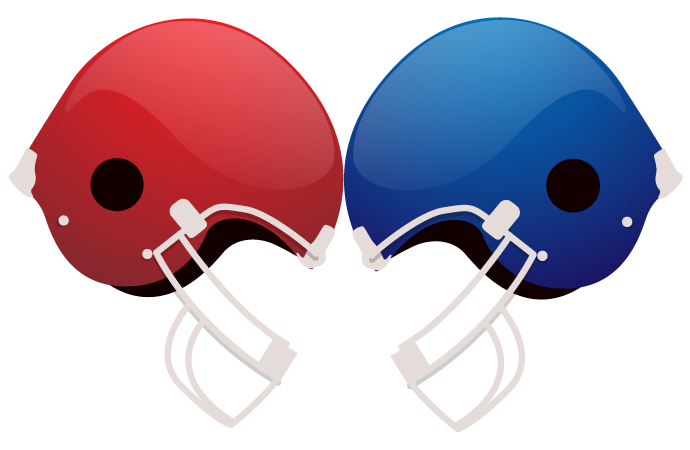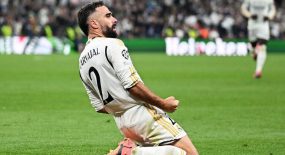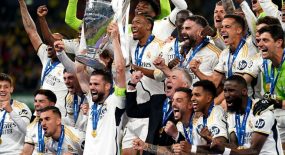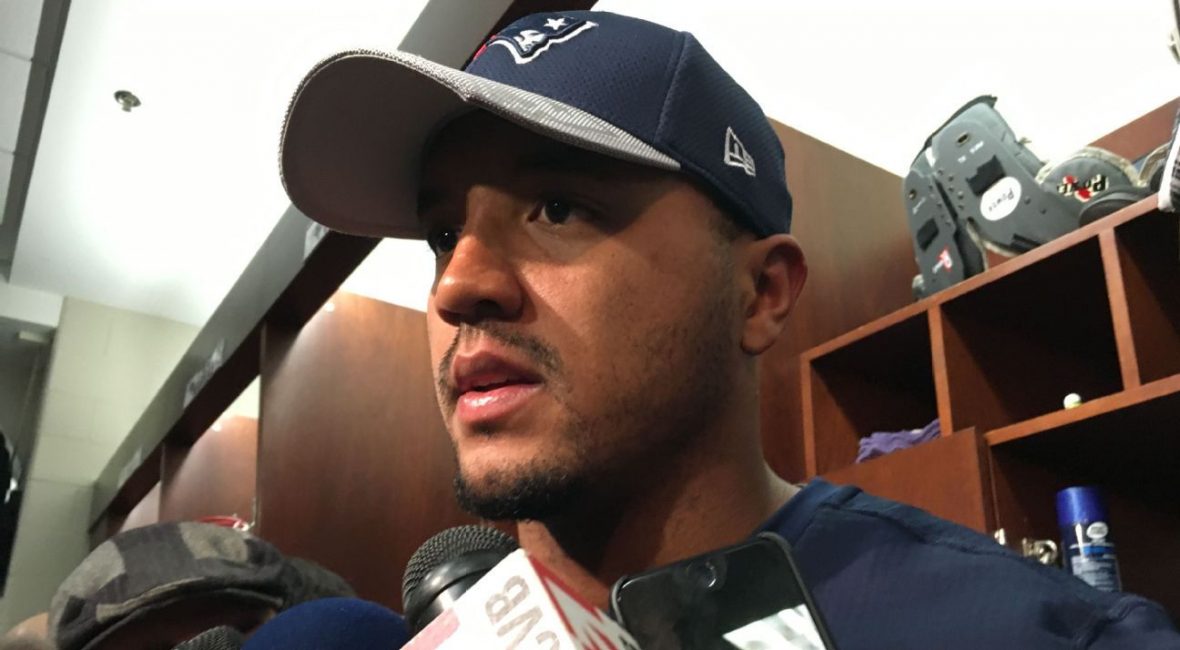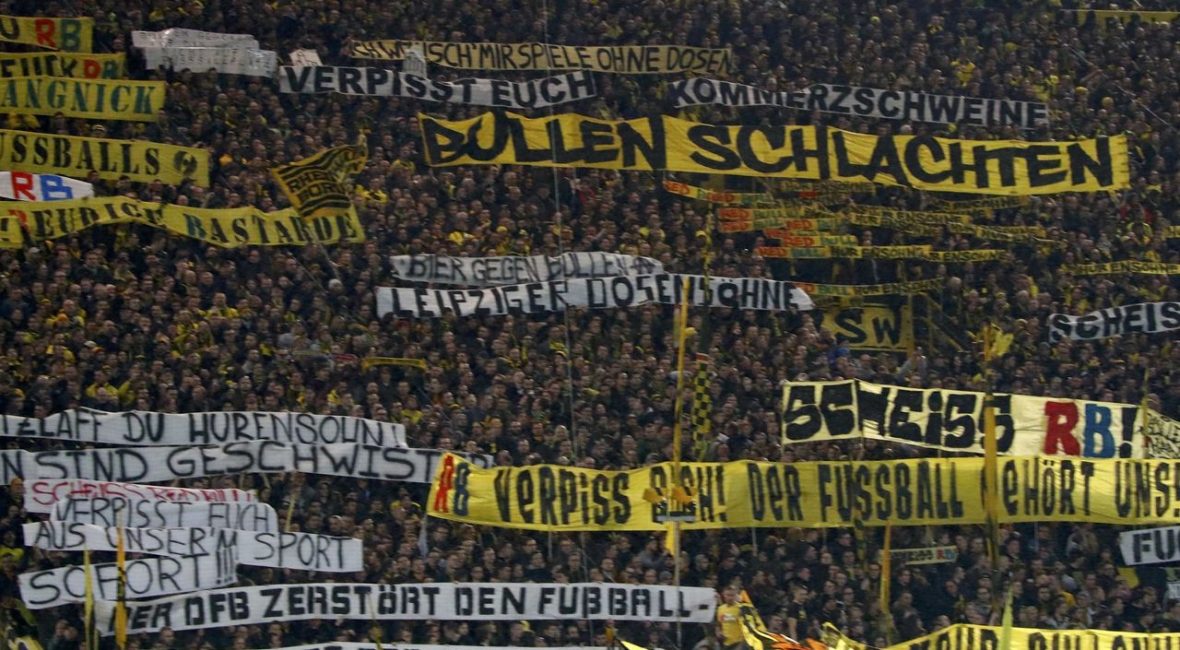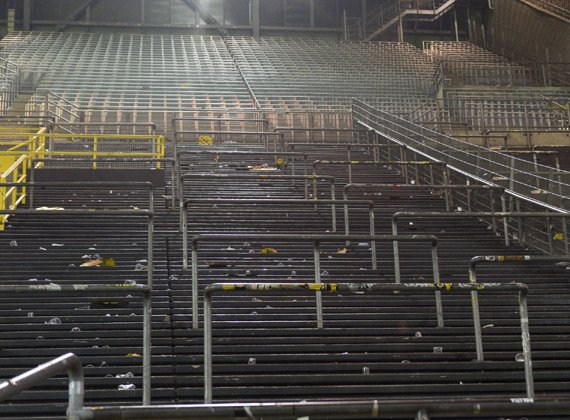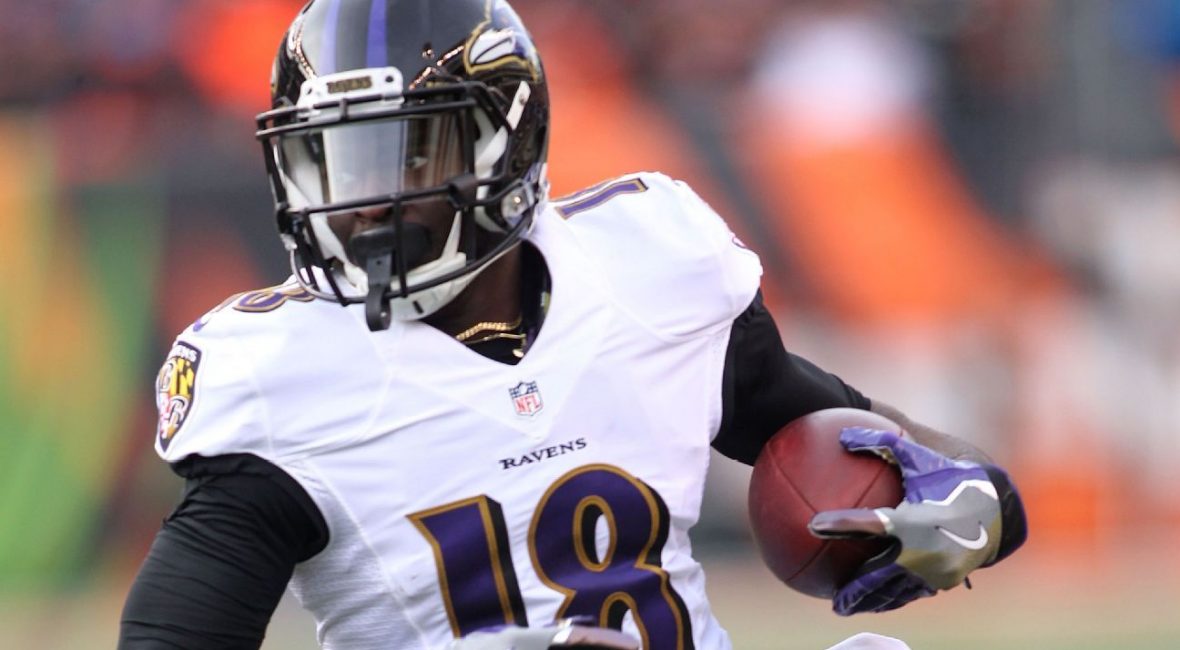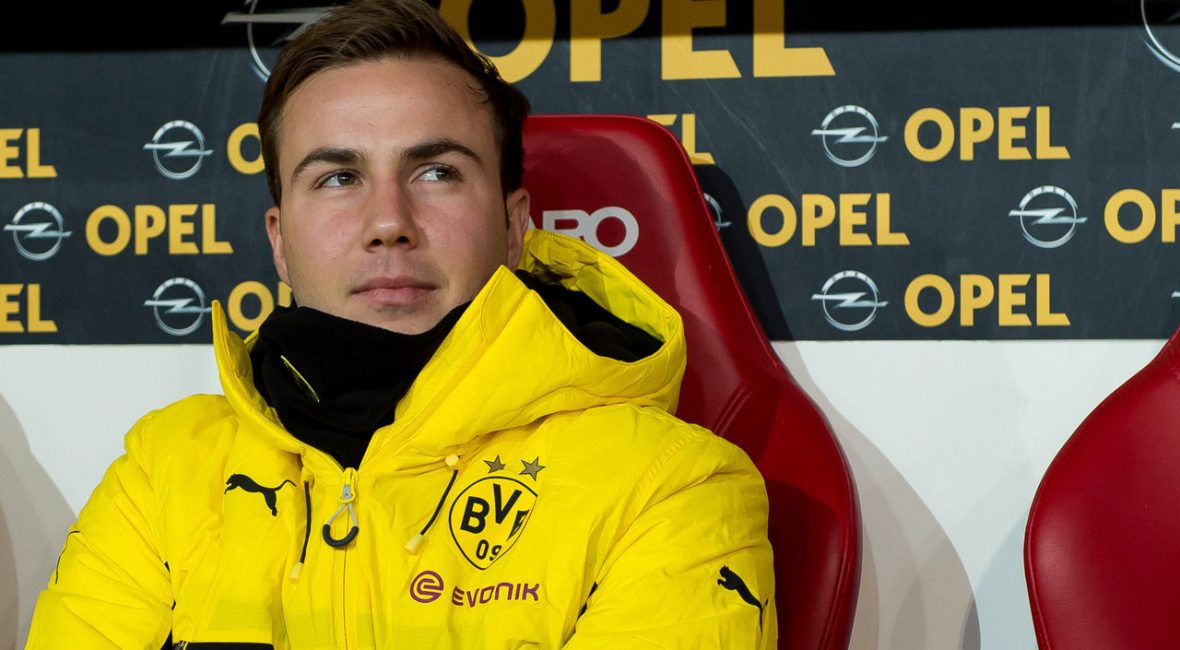TEMPE, Ariz. — Former Arizona Cardinals receiver Michael Floyd didn’t expect to get cut after he was arrested on charges of driving under the influence and failure to obey a police officer in mid-December, he said Sunday in his first in-depth public comments about the incident and the subsequent fallout during an interview on ESPN Radio’s “Weekend Observations.”
Speaking with former Notre Dame teammate Mike Golic Jr. and Jon “Stugotz” Weiner, Floyd said he expected some sort of punishment to be coming from the Cardinals, but never thought the team would release him.
“It hurt actually,” Floyd said. “It sucked, but I knew something was going to happen, but I did not actually think I was going to get released at all.
“When I did, obviously because of the decision that I made, they made that decision. I went home from work and I felt bad about everything. I felt bad from the beginning, knowing I was in trouble, and I knew there was going to be some punishment. I just felt terrible.”
Floyd showed remorse throughout the interview, at one point saying he “100 percent” wished the incident didn’t happen so he could’ve stayed in Arizona for the remainder of the season instead of going to New England and winning the Super Bowl (he was a healthy scratch for the game).
“That feeling is great knowing that you can stay on one team for your whole career, so obviously it was heartbreaking the stuff that happened,” Floyd said. “If I could go back, definitely I would love to be where I was.”
Floyd was winding down the final year of his rookie contract when he was released.
“I made a dumb decision to drive and I thought I was OK and I fell asleep,” Floyd said. “I think the whole world knows what happened after that: a dumb decision one individual makes. You learn from it and move on.”
Floyd said coach Bruce Arians informed him of his release on Dec. 14, two days after his arrest. When Floyd was asked if he thought Arians agreed with the team cutting him, Floyd said Arians always liked him and that he didn’t think Arians felt he needed to be released.
“I don’t think there was ever a negative thing between me and him,” Floyd said. “I think I had a good place with him.”
Floyd added: “I have tremendous respect for Bruce — B.A. He’s been a great coach to me my whole time there. Always a straight-forward coach, which I really loved. He came up to me and told me what the decision was from upstairs. I took it with a grain of salt and moved on.”
A day after getting cut on Dec. 14, Floyd was claimed by the Patriots.
He was sitting at home when his agent called to inform him of New England’s move. Floyd said he then put on the Pharrell Williams song “Happy” on repeat and played it throughout his house that day. He took a red-eye flight from Phoenix to the Northeast. When he landed at 5:30 a.m. the next day, Floyd said the temperature was about 20 degrees.
Shortly after arriving Dec. 16 at Gillette Stadium in Foxboro, Massachusetts, Floyd attended his first meetings with the Patriots and met with coach Bill Belichick, who told Floyd his incident was in the past and he wanted Floyd and the team to move past it.
“It was all positive things once I got there,” he said. “The whole team took me in like I’ve been playing there since Week 1. The whole team is positive and encouraging people.”
Floyd was inactive for New England’s Week 15 games, but played in the Patriots’ Week 16 and Week 17 wins against the Jets and Dolphins, respectively. Floyd caught one pass for six yards against the Jets and three for 36 yards and a touchdown against the Dolphins. He followed that up with one catch for nine yards in an AFC divisional win against Houston, but was inactive for the AFC Championship Game and Super Bowl.
After the Patriots won Super Bowl LI against Atlanta, Floyd found himself caught in a social media upheaval after tweeting a screen shot of him kissing the Lombardi Trophy from the TV broadcast.
Floyed followed that tweet with a tweet two days later after realizing he was on the receiving end of animosity from “just negative random people … probably most Arizona people,” he said, who thought he didn’t deserve to win a Super Bowl after his December incident.
Damn I just realized ppl are really mad that I got a ring. I thought everyone would be happy for me. Oh well. I’m a champion!!
— MichaelFloyd (@MichaelMFloyd) February 7, 2017
“They just think that I’m not sorry for what I did or I disrespected Arizona,” Floyd said. “I made a mistake. I’m sorry for what I did and I’m moving forward, and I think some people don’t want me to be successful.
“I think that’s just life. There’s just people who don’t want people to succeed.”

